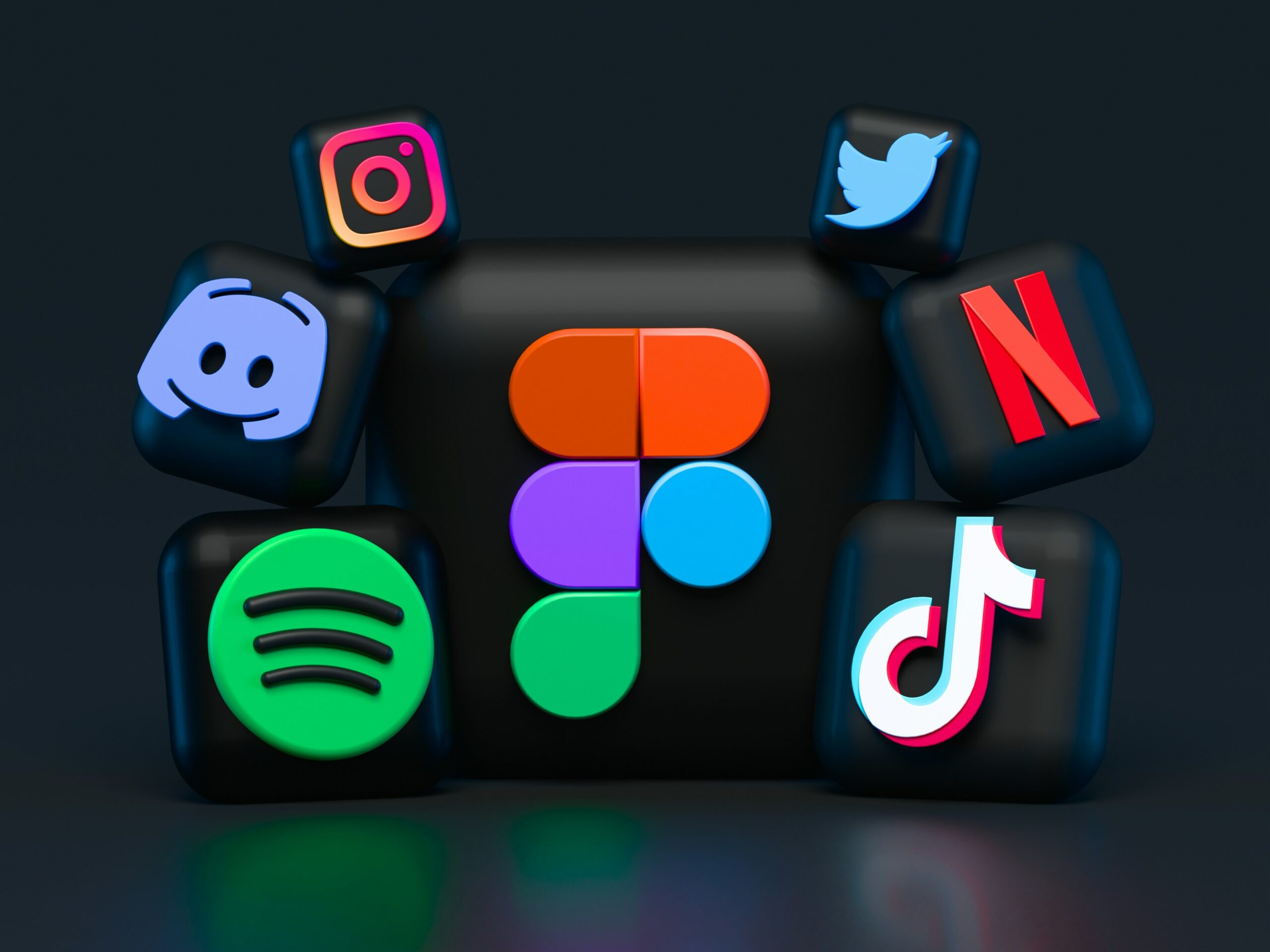There’s a revolution in education, and it’s happening in the classroom. The Learning Management System (LMS) is reshaping how people learn and interact with each other. It can be used to create courses, collaborate on projects and exchange ideas, measure progress through assessments, provide feedback based on your learning needs—and much more.
What is a Learning Management System?

A Learning Management System (LMS) is a software platform that allows teachers to create and manage online courses. It’s used by educators to provide online learning experiences for their students, as well as by students themselves who access course content from the LMS site. The system also allows administrators to manage course information, such as enrollment numbers and student progress reports.
Learning management systems were introduced in the 1990s when computer-based training was still new. Since then, they’ve become an essential tool for institutions offering distance education programs like online classes and blended learning opportunities for on-campus students.
Course Creation
One of the biggest challenges for teachers is creating a course. It can be a time-consuming process that requires you to spend hours planning, formatting, and uploading content.
In contrast, learning management systems (LMSs) make it easier for you to create customized courses accessible to all students. You don’t have to worry about setting up different versions of your course–you build one version and then share it with different student groups through group assignments or private sessions within an LMS platform. Many LMSs (like Wise) allow you to use a well-designed template to create your course or provide suggestions based on the course you are building. This can reduce the time educators spend on background research and even facilitate the creation of a larger number of courses quickly without compromising on quality.
Collaborative Activities and Social Networking
Collaboration is a key to learning, and social networking tools are a great way to encourage collaboration. Learning management systems offer many ways to facilitate group work and create an interactive environment for your students. The most common collaborative tools include forums, blogs, and wikis.
These tools allow students to communicate with one another by posting comments on discussion boards or by creating their blog posts. They also provide an opportunity for students from all over the world who may not be able to meet face-to-face at school due to distance or scheduling conflicts; this makes it easy for them all to participate in projects together, regardless of where they live.
Assessment and Feedback Tools
The assessment and feedback tools are important for LMSes. Having multiple templates of exams and mock tests can help you create a more structured learning center.
The importance of having an effective way to assess student progress cannot be understated–it’s essential for helping students identify their strengths and weaknesses so they can improve throughout their education. This can happen through any number of means: quizzes, tests, or projects that require self-evaluation are all good ways for teachers to determine how well students understand concepts being taught in class.
A learning management system allows teachers and students to track progress over time by providing access to past assignments and tools designed to assess knowledge acquisition through practice problems or simulations (such as those in science labs). The ability for teachers themselves to monitor this information remotely makes LMSs ideal platforms upon which they can share results with parents via email alerts or text messages; many also offer additional communication channels such as Skype chats between instructors/parents/students.
LMS promotes blended learning
Learning management systems are a great way to promote blended learning models. They allow you to use the best online and offline teaching methods while eliminating some drawbacks.
For example, an LMS allows teachers and students to work together in a variety of ways:
- Teachers can assign homework through the LMS and provide individualized feedback at home or in class. This makes it easier for students who struggle with written language skills because they don’t have to write out responses themselves; instead, they can use audio recordings or videos that show what they mean by what they say. The teacher can then give more personalized feedback based on those materials too!
- Students may also be able to complete assignments outside of school hours.
- The LMS will also play a key role in helping teachers deliver digital badges that students can earn as they progress through their coursework or complete other tasks related to their courses (such as completing projects).
Personalized learning recommendations
With a learning management system, you can get recommendations based on your previous learning. For example, if you’ve completed a course about HTML and CSS but have yet to learn JavaScript, your LMS will also recommend this course.
It’s also possible for recommendations to be made based on individual differences–for example, if one student has more time than another student (or less), they could receive different recommendations based on their availability of time.
Additionally, the needs of each learner can be taken into account when recommending new courses or modules that they should complete to achieve their goals more efficiently
The Future of Learning Management Systems in Education
Learning management systems are the future of education. As technology becomes more sophisticated and students’ needs evolve, the LMS will become an even more vital tool for delivering personalized, blended and adaptive learning experiences.
With so many benefits to using learning management systems, there’s no reason not to implement them in your classroom. We hope this article has helped you understand how LMSs can be used as a tool for teaching and learning. If you have any questions or comments, please leave them below!




